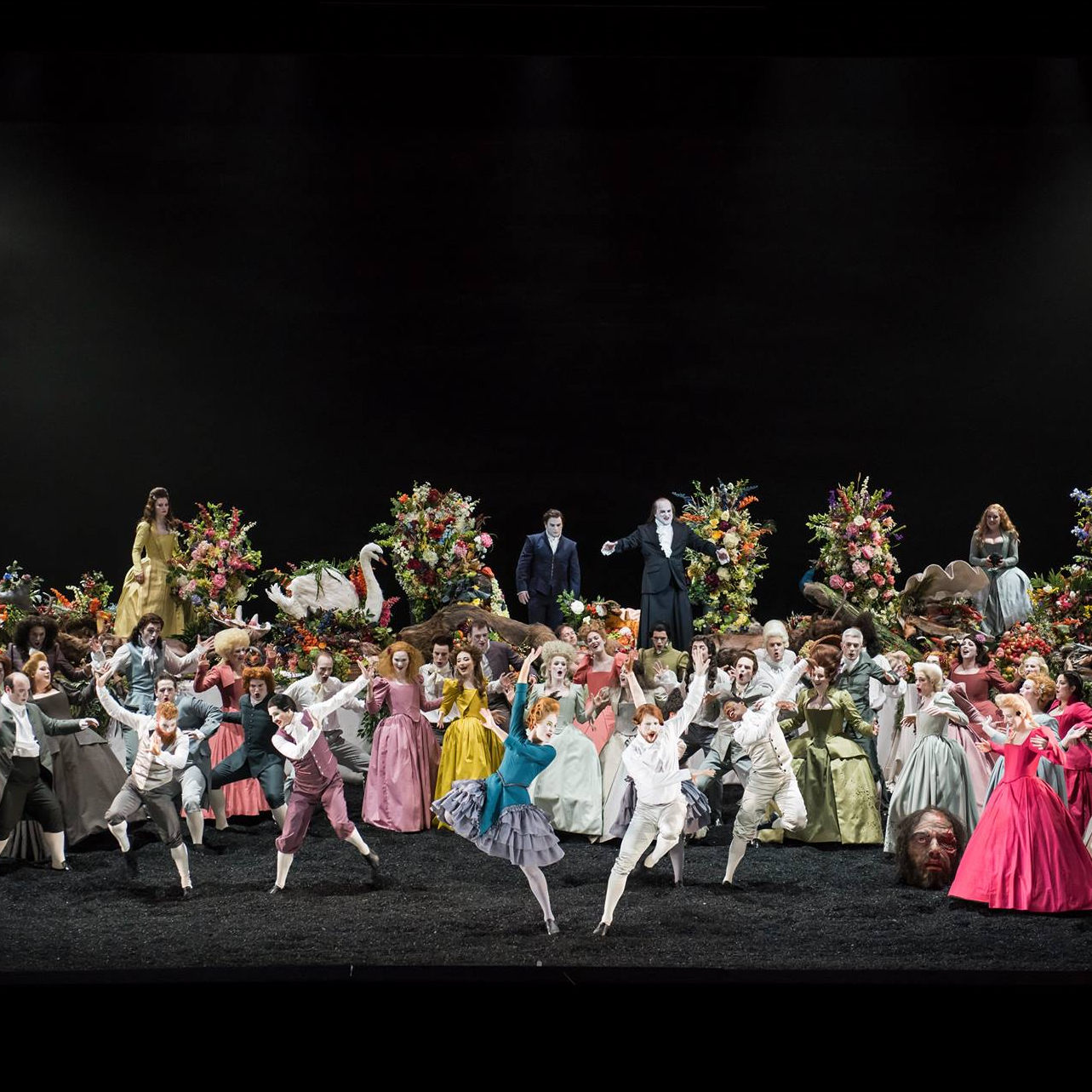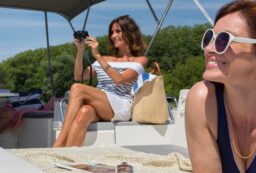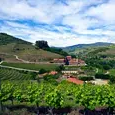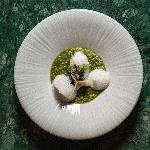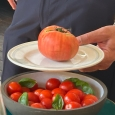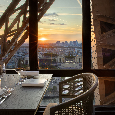CroisiEurope’s luxurious barge hotel cruises through the unique delta of the Camargue. The purpose-built MS Anne-Marie takes guests on a Charming Provence cruise. This is slow travel, the good life at its very best with lingering lunches and sun-bathing on the top deck. Far from Paris, France slips into the Mediterranean on the edge of Europe. Camargue reeds sway in the Mistral beneath big skies. For centuries, galloping white horses have symbolised the freedom of these salty marshes. There is a sense of the Wild West with cowboys rounding up muscular black bulls. This is CroisiEurope’s Charming Provence.

A unique landscape
Across a land of different beliefs, Romany people make an annual May pilgrimage. They head for Saintes-Maries-de-la-Mer to honour Saint Sarah, their patron saint. Taking her statue from the church to the sea to re-enact her arrival in France. Along the way they ask Saint-Sarah to grant them a wish. As well as introducing Provençal culture, the spectacular wetlands landscape and sun-bathed Mediterranean coastline, the cruise is a gastronomic adventure. Guests take an all-inclusive culinary voyage through the tastes and wines of Provence.

Seafood paradise
The seven day and six night itinerary begins in either Arles or Sète. Deep in France’s remote and sometimes forgotten South West, both towns are within easy reach of the airports of Marseille and Montpelier. Sète, a gloriously photogenic port on the Mediterranean, is the departure point when the cruise heads north-east. Wisely modelled, back in the 17th century, on the elegance of Venice’s canals, Sète is surrounded by sandy Mediterranean beaches. As France’s largest fishing port it sources the seafood that frequently appears on the MS Anne-Marie’s menu. Jonathan Nicoise, chef, loves seeking out the best of the fishermen’s haul: cod, crab, prawns, salmon, scallops, swordfish and a whole shoal more.

His menu adapts to the season and the fisherman’s catch. Undoubtedly, salmon en-croute is one of the Guadeloupean chef’s signature dishes. Alongside his cassoulet de fruits de mer. For the final gala dinner, Coquille St Jaques is served in a giant scallop shell. One excursion from Sète takes cruisers to Étang de Thau, a biodiverse saltwater lagoon, for the sights and intense maritime tastes of the oyster industry.
"Far from Paris, France slips into the Mediterranean on the edge of Europe. Camargue reeds sway in the Mistral beneath big skies."
Surf ‘n Turf
Yet, this is surf and turf territory. Another excursion visits the manades where black bulls are bred. Gardianne de taureau, a rich beef in full-bodied red wine casserole, is one of the Camargue’s favourite dishes. Chef Jonathan has his own take on the traditional flavourings of orange peel, bay leaves, garlic and thyme.

In perfect English and French, the purser welcomes guests aboard with a glass of Kir Royale and canapes. He demonstrates his bell that rings promptly at 12.30 and 6.30 to summon guests for aperitifs. Through the week, Hans the Belgian purser, who was previously a wine-taster, tells the story of our aperitifs. We learn that the glass of two thirds Burgundy wine and one third blackcurrant is either known as a Communard for its red left-wing colouring. Or as a Cardinale for its papal look. Every aperitif has a tale to tell. From Arles, the first excursion is into the Provençal countryside. At Le Moulin de la Coquille, two needle thin cypress trees stand as a traditional Provençal welcome. Aurele, mother of a toddler, runs the family farm of over 10,000 olive trees and some 400 fig trees, with just a little part-time help. Visitors try a grand cru of the olive oil world, a touch of bitterness but with spicy notes. Unlike wines, olive oil is at its best even before it is bottled. Also, the fig jam is so irresistible that jars are bought, alongside olive oil, from the shop.

The English-speaking guide explains that Arles, known as Little Rome for its surviving amphitheatre, has artistic pedigree. Inspired by colour and light, post-Impressionist Van Gogh, experienced his most productive 15 months, producing over 300 paintings whilst based in Arles. Today, a trail visits the scenes that promoted his paintings. Though, it was also in Arles that the possibly bi-polar artist, slashed off his ear.
"Take a tour of the salt flats, again rose tinted, for otherworldly views back towards the town’s walls"
Alternatively, with cruises beginning early spring and finishing in late autumn, the purpose-built five-metres wide barge sails south-west from Arles. The 11-cabin, 22 berth Anne-Marie awaits guests on the Grand Rhone.
That excursion to Saintes-Maries-de-la-Mer, to see Sarah’s shrine within a powerfully fortified church, takes a memorable route through the Camargue. Shrimps feed on pink algae that give a rosé tint to the lake. Then when flamingos gobble up those pink shrimps it becomes a case of “You are what you eat.” Flamingo plumage takes on a pink tint. In total, the Camargue is home to over 400 species of birds, including rarely spotted storks nesting in the trees.
Aigues-Mortes
Once, Aigues-Mortes was a seaside port from which Crusaders sailed to the Holy Land. As the “waters dead” name reveals, the approaches silted-up, the town was no longer a vital port. Today, 1.6 kilometres of remarkably well-preserved ramparts frame one of the most attractive towns in Provence. Take a tour of the salt flats, again rose tinted, for otherworldly views back towards the town’s walls.

Between excursions, guests enjoy quintessential French life during CroisiEurope’s Charming Provence river cruise. Pink geraniums decorate the al fresco bistro style tables. Some evenings a game of boules takes place on shore. In true French style, the cheese is served before dessert at lunch.

CroisiEurope pride themselves on being a French family business, after all the Anne-Marie is named after one of the Schmitter family who run the cruise company. With six crew providing service for a maximum of 22 guests, there is an intimate family feel to life on board the Anne-Marie, as she sails through one of Europe’s most spectacular landscapes.
